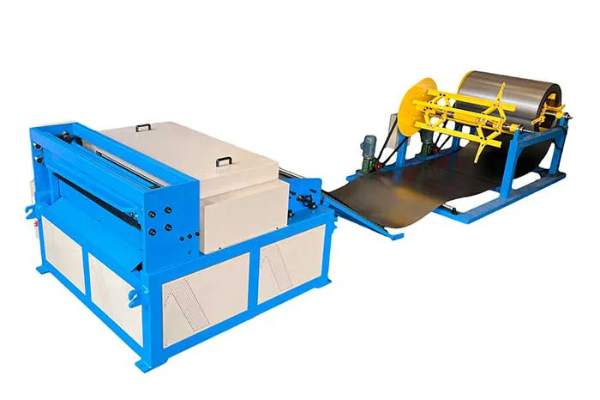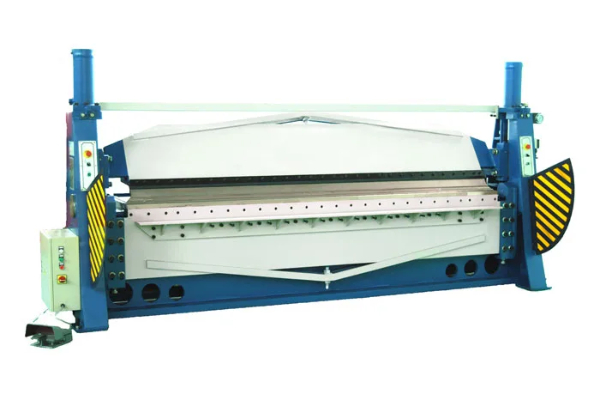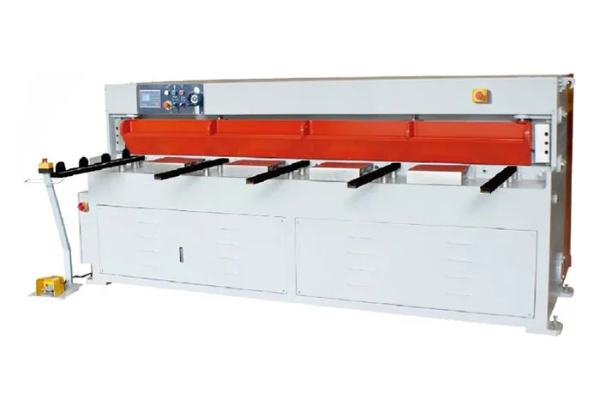
Step-by-Step- How Does a Press Brake Work?
- By:Metmac
- 2024-07-05
- 107
“Step-by-Step: How Does a Press Brake Work?” is an informative article that delves into the intricate workings of a press brake, a machine used for bending sheet metal. By understanding the step-by-step process, readers can gain a comprehensive understanding of the equipment and its applications.
Purpose and Components
A press brake is a specialized machine used for bending sheet metal into precise angles and shapes. It consists of a main frame, a punch and die assembly, and a hydraulic or mechanical power source. The punch is the upper tool that applies force to the workpiece, while the die is the lower tool that supports and shapes the bend.
Operation: A Step-by-Step Guide
The operation of a press brake involves several key steps:
1. Workpiece Preparation
The workpiece is cut to the desired length and width and placed on the die.
2. Tool Selection
The appropriate punch and die are selected based on the desired bend angle, material thickness, and workpiece size.
3. Punch Positioning
The punch is positioned above the workpiece, ensuring proper alignment with the die.
4. Pressure Application
The press brake applies hydraulic or mechanical force to the punch, causing it to press down on the workpiece.
5. Bending
The punch forces the metal into the die, creating the desired bend angle. The force applied is precisely controlled to achieve accurate bending.
6. Unloading
Once the bend is complete, the workpiece is unloaded from the die and removed.
Control and Precision
Modern press brakes incorporate advanced control systems that ensure precision and repeatability. The controls allow operators to set the desired bend angle, force, and other parameters. CNC (computer numerical control) press brakes offer even greater precision and automation, enabling the creation of complex bends and profiles.
Types and Applications
Press brakes come in various types, including mechanical, hydraulic, and servo-electric models. Each type has its own strengths and applications. Hydraulic press brakes are common for heavy-duty bending, while mechanical press brakes are suitable for medium-duty work. Servo-electric press brakes offer high precision and fast cycle times. Industries that extensively use press brakes include automotive, aerospace, construction, and metal fabrication.
-
Reliable Sheet Metal Equipment for Sale to Support Precision Fabrication
2025/07/17 -
Advanced Duct Machine AC and Fabrication Solutions from Metmac
2025/07/12 -
The Advantages of Using a Sheet Roll Forming Machine in Manufacturing
2024/09/14 -
How to Optimize Your Laser Sheet Cutting Machine for Maximum Performance
2024/09/12
-
Precision Sheet Metal Shearing and Forming Machines for Efficient Steel Processing
2025/08/02 -
Versatile Sheet Metal Equipment and Press Machines for Precision Fabrication
2025/08/02 -
High-Precision Solutions for Sheet Metal: Laser Cutting and Folding Machines
2025/08/02 -
Innovative Solutions from Leading Duct Machine Manufacturers
2025/07/21
-
Integrating Automation with Rectangular Duct Machines for Enhanced Productivity
2024/05/11 -
Metal Shear Machines- Essential Tools for Precision Metal Cutting
2024/05/11 -
Understanding the Role and Function of Steel Strip Slitting Machines
2024/05/11 -
Maintenance Tips for Longevity of HVAC Duct Machines
2024/05/11
-
A Guide to the Latest Innovations in Sheet Metal Folding Machines
2024/11/29 -
Key Features to Consider When Investing in a Sheet Metal Folding Machine
2024/11/28 -
Enhancing Precision with Advanced Sheet Metal Folding Machines
2024/11/27 -
How to Choose the Right Sheet Metal Folding Machine for Your Workshop
2024/11/26





